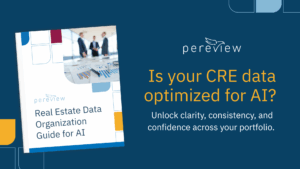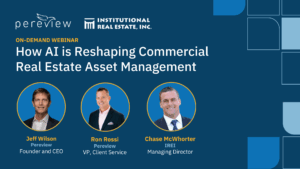What do we mean by dirty data? You may have heard the term, but do you know the full scope of what it looks like in your organization?
We wanted to take a moment to focus on defining “dirty data” and everything it encompasses – how common it is, where you can find it, and even how you can fix it.
Defining “Dirty Data”
Defining dirty data is pretty simple: it’s a term that covers any major or minor discrepancies and inaccuracies in an organizations database.
Dirty data is born of human error, poor processes, and/or inadequate software solutions. All of these risk factors are facilitated and exacerbated by spreadsheet software – so, no surprise that Excel is where a lot of data goes to get dirty.
How common is dirty data?
Pretty common, it turns out.
“The only time a company could have clean data is on day one,” says Daryl Pitts, Pereview’s senior vice president of sales. “And even on day one, they may have compromised venture capital or start-up data.”
Therefore, don’t feel bad if you’ve discovered some dirty data-related issues at your firm. The problem is not exclusive to any specific type of company and is not necessarily an indictment on how you run your business. Nevertheless, it can have grave consequences on how business gets done.
A Dirty Data Analogy
Dirty data is the digital equivalent of a red shirt hidden inside your white laundry; many companies don’t spot it until everything is pink.
Dirty data can sneak up on you. You might not notice ineffective internal processes until you see the mess dirty data has created: reporting errors, unhappy investors, and even legal problems.
How Pereview Solves Dirty Data
The team at Pereview can help you identify existing dirty data, clean it, and keep it clean by aggregating all of your data into one place.
An all-in-one solution for commercial real estate asset management, Pereview is the only Life of the Asset® solution on the market today. It integrates siloed systems and processes, allows for push-button reporting, creates a Single Source of Truth, and establishes standard workflows and guidelines for asset and data management.



